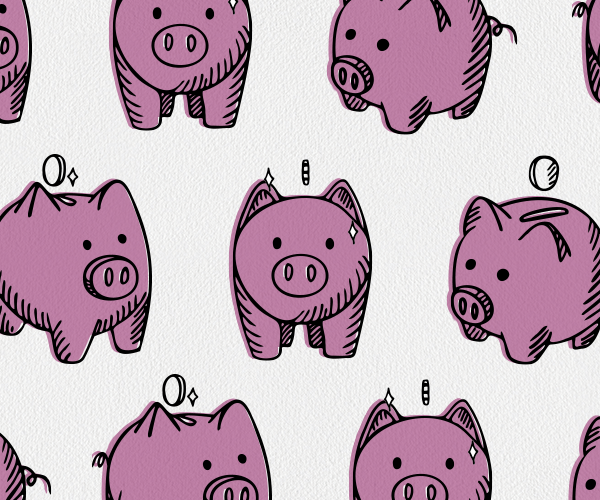Building a strong financial foundation
You’re 19!
Have goals? Make a plan.
When it comes to managing your money, the world is full of advice: don’t overspend; live within your means, save for retirement! Sure, retirement is a long way off, but that doesn’t mean you can’t be strategic when it comes to your money right now — even as you enjoy your teens and 20s!
Your life is busy with school, work, friends and possibly even travel adventures. That can make it challenging to balance your money. But some basic good habits can help you reap the rewards over time: Earn before you spend, start saving early and continue saving over the long haul.
Consider these two key options to help you save, manage and grow your money:
- Tax-Free Savings Account or TFSA
- Registered Retirement Savings Plan or RRSP
Understanding your money pays the best interest
In addition to helping you meet your many goals, the best reason to save your money, period, is to take advantage of what Einstein called the eighth wonder of the world: compound interest. It’s the ability to continually grow your savings pool as the interest earns money. Here’s an example of 3 savers.
Chris saved about $402,000*
Chris started investing $400 each month later in life from the age of 35 and kept saving until he turned 65. Ugh.
Total investment = $144,000
Sam saved about $395,000*
Sam started investing about $400 monthly at the age of 25 but stopped saving at 35. At 65, without any further savings, Sam would have saved the least.
Total investment= $48,000
Ashley saved more than $796,000!*
Ashley started investing $400 each month at the age of 25 and kept saving until she turned 65.
Total investment = $192,000
*Based on 6% compound interest (Numbers are rounded)
Key tools for saving and investing
TFSA
Now that you’re 19, you can open a TFSA, which is a way for you to set aside money that is off-limits to the Canada Revenue Agency – in other words, it’s tax-free throughout your lifetime. You can put money in at any time, up to set limits. This is referred to as the ‘contribution room’. You can also take money out at any time, without paying any tax – unless you exceed your TFSA contribution room. Even though you cannot open a TFSA until age 19 in your province, your contribution room starts accumulating at age 18.
Key TFSA facts
- You can save tax free for any goal you want (car, home, vacation and even longer-term plans like retirement).
- If you take money out, you can re-contribute it the following year, in addition to the annual maximum.
- You can hold a wide range of investments in a TFSA, like cash, bonds, stocks and mutual funds. Remember, you can use the TFSA to shelter investments that would otherwise be taxed at the highest rate.
How to open a TFSA:
- Contact your family’s Richardson Wealth Advisor.
- Your advisor will need your social insurance number and date of birth so they can register your TFSA. You likely will need to provide supporting documents like valid photo ID etc.
Choosing the best TFSA option for your needs
Consider the following criteria:
- Savings goal
- Timeline
- Appetite for risk
- Fees or account charges
TFSA savings accounts: These contain just cash – as opposed to investments like mutual funds or ETFs – and can help kick-start an account. Consider this option for your part-time job earnings or money gifts from family. This may be a good option if you don’t want to take on too much risk and you’re trying to reach medium- to long-term goals.
TFSAs in the stock market: These involve more risk and may require trading knowledge. As well as doing some background research, you should seek professional advice.
RRSP
This savings vehicle is designed to help you build up savings specifically for retirement. While you likely aren’t thinking of the end of your working life before you actually start, remember that the sooner you start contributing to an RRSP, the more money you’ll have when it’s time to retire. This tax-free compounding allows your savings to grow faster. And, if you’re a first-time home buyer, you can borrow up to $35,000 from your RRSP for a tax-free down payment. If you’re purchasing with someone else who is also a first-time home buyer, you can both access $35,000 for a combined total of $70,000. This amount has a predetermined repayment schedule over 15 years.
Key RRSP facts
- Contributions are tax-deductible (subject to certain limits).
- Any investment income earned in your RRSP is also tax-deferred until you withdraw it, which helps your savings grow.
- The deadline for contributing to an RRSP for any tax year is January 1, but you have up to 60 days after that date to do so.
- Minimum age to contribute: As soon as you begin earning income. Maximum age to contribute: 71.
You have a lifetime ahead of you filled with plans, dreams and potential. Let’s make sure you earn, save and live your life to the fullest. Contact a Richardson Wealth Advisor for more information.



